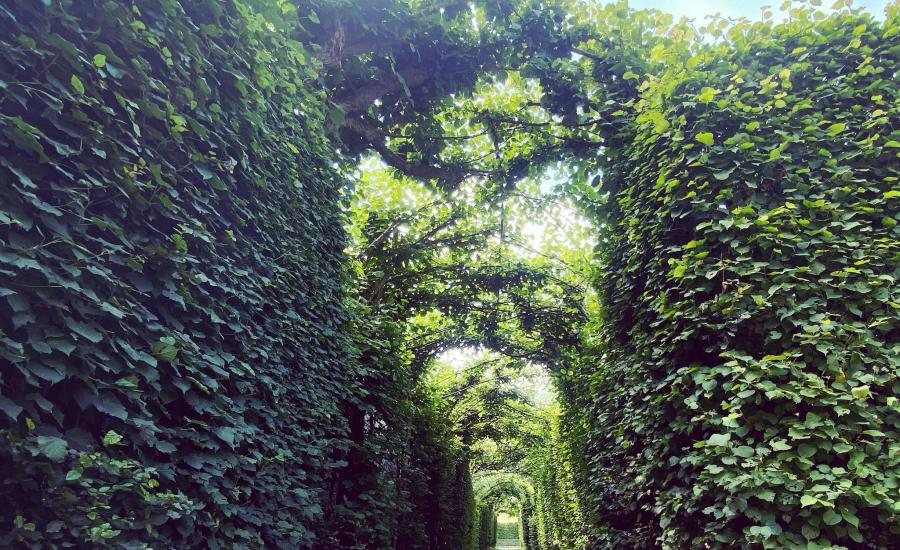The must-sees
-
the main vestibule
Don't miss the main vestibule, worthy of an Italian palace. The hunting scenes after the Antwerp painter Frans Snyders are grandiose, spread over two open floors.
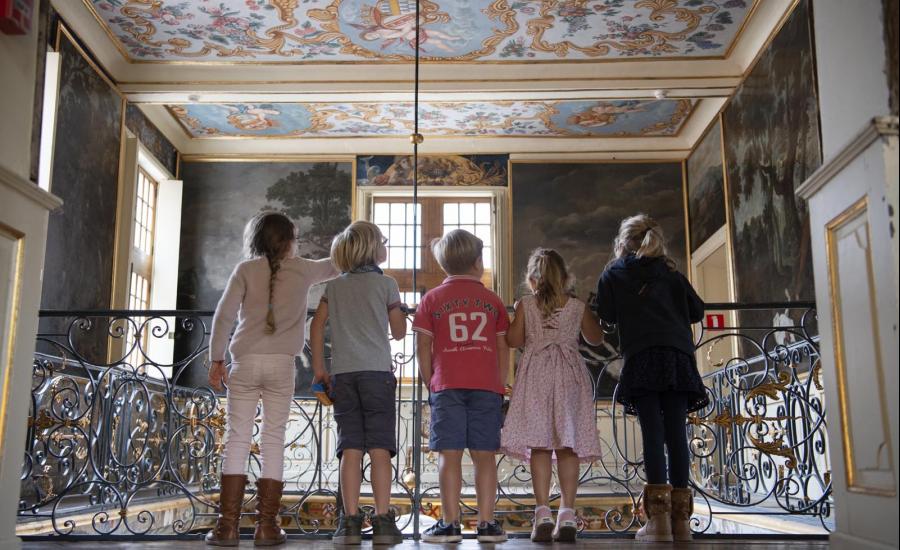
-
The rococo chapel
The rococo chapel is surprising in this renaissance ensemble. Sober and bathed in soft light, which inspires serenity. You can admire the 18th-century angel-stoup, carved in marble by Laurent Delvaux.
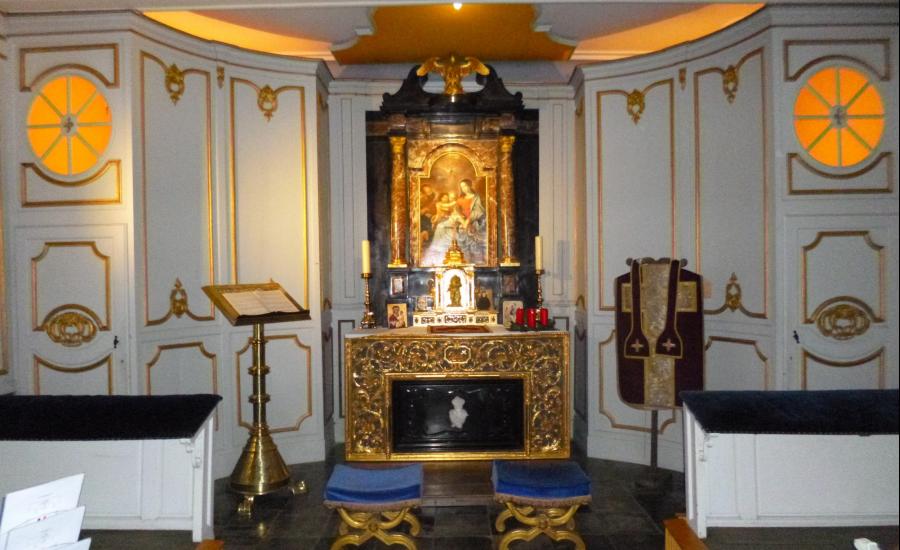
-
A 18th century sedan
A small carriage, an 18th century sedan, attracts attention. Now listed, this precious object has delighted generations of children who harnessed goats and ponies to it to conquer the gardens.
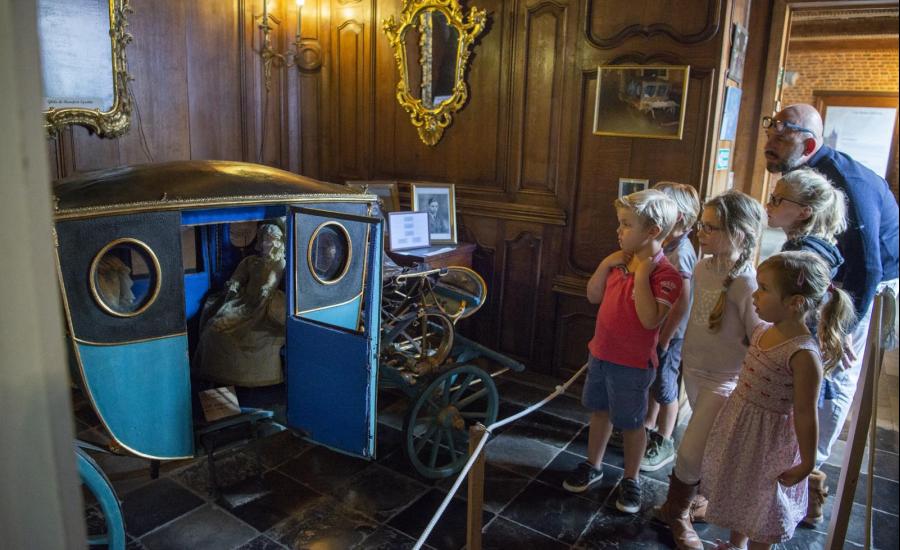
-
The Renaissance fireplace
The Renaissance fireplace in the large dining room is impressive. It must be said that the winters along the Meuse can be cold and wet, and that on its banks, there is no shortage of wood.
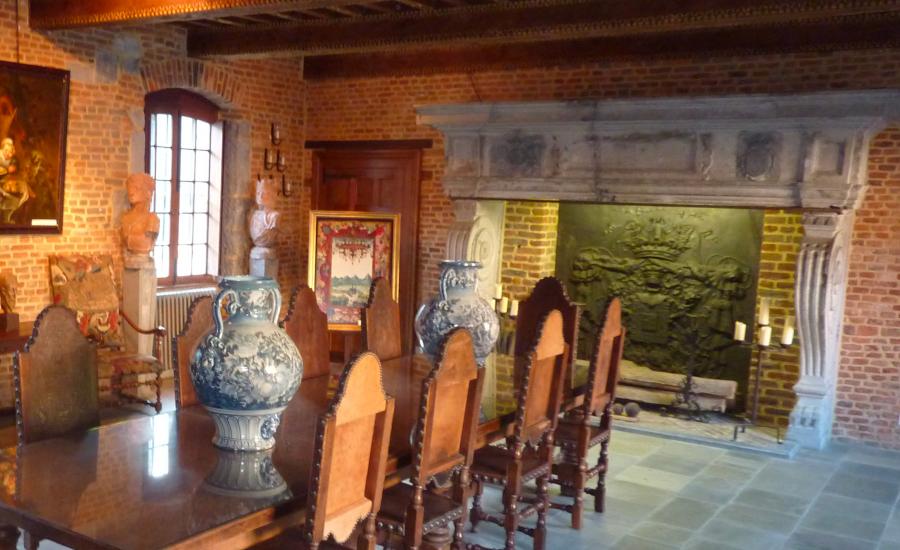
-
The sitting rooms
Among the many sitting rooms, let's mention the “King's” where, for the first time in Wallonia, a strange beverage was served: coffee. Another salon, that of “Marie-Christine” bears witness to the visit to Freÿr of the Governess of the Austrian Netherlands.
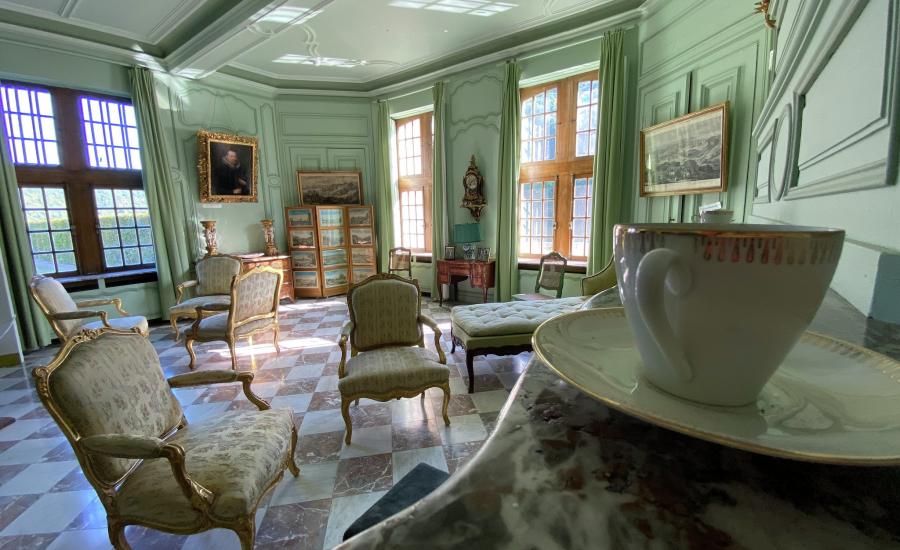
-
The King's bedroom
Upstairs, a set of bedrooms including that of Louis XIV who imposed his royal presence in Freÿr during the siege of Dinant and that of Archduchess Marie-Christinne which with her Polish beds recalls her stay in 1785

-
The gourmet earthenware
A space is reserved for the gourmet earthenware from the collection of the Léon Courtin-Marcelle Bouché Fund, managed by the King Baudouin Foundation. They betray the taste of 18th century aristocrats for hunting and rural activities… and the know-how of craftsmen!
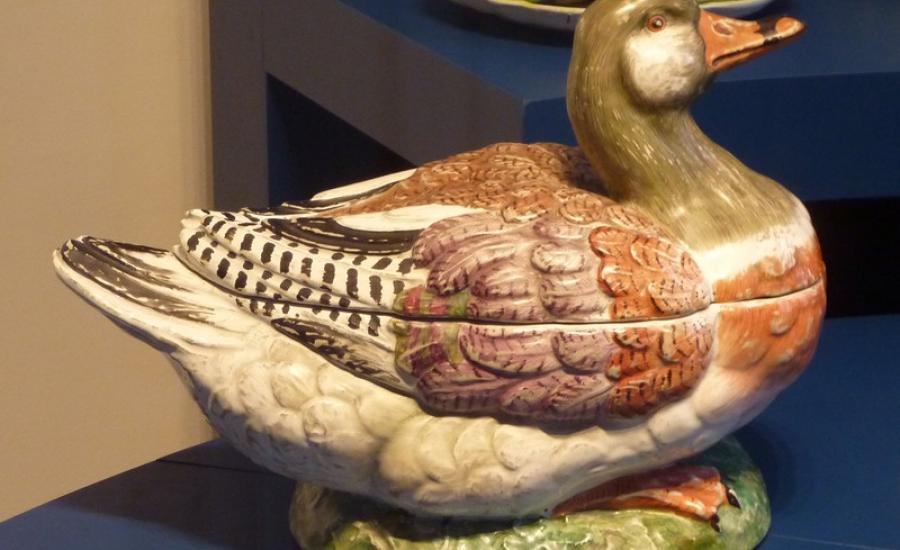
-
The orange trees
Particularity of the gardens of Freÿr: the orange trees, the oldest in Europe in planters. They perfume the gardens from May to November and then spend the colder months in the conservatories, which are the oldest in the ancient Netherlands.
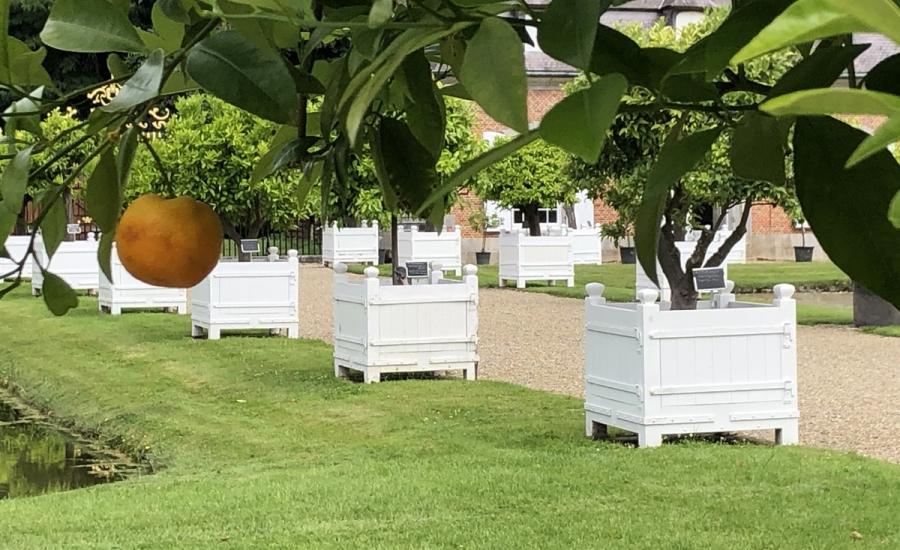
-
The Frédéric Saal pavilion
The Frédéric Saal pavilion is a rococo masterpiece from which opens a majestic perspective on the river.
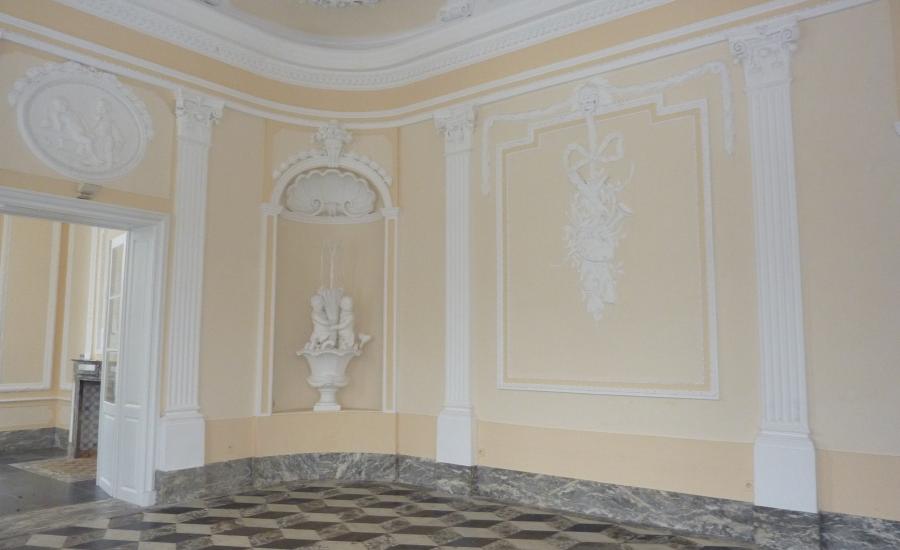
-
The hornbeam hedges
It is also the Meuse that the bifrontal busts of Paul-Louis Clyffé scrutinize… or is it the depths of the hornbeam hedges? They lend themselves to strolls... and marivaudage.
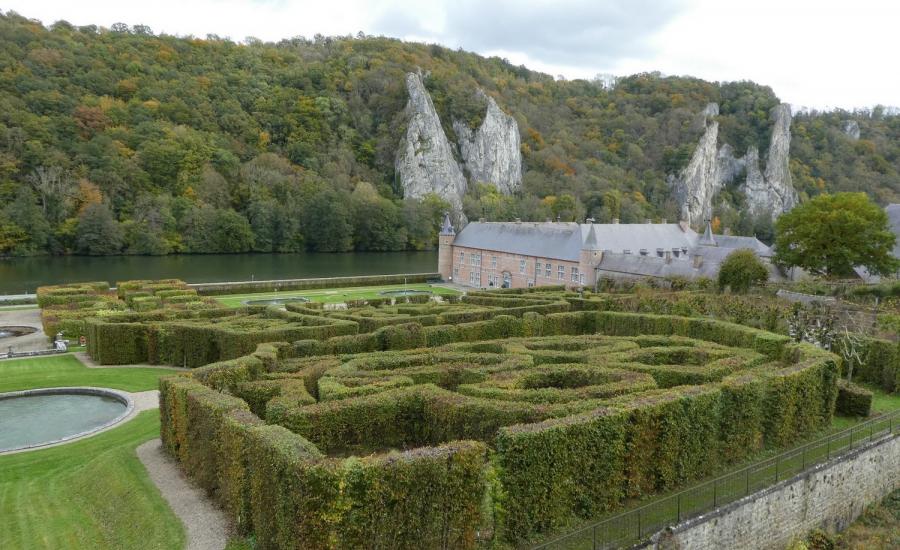
-
The cradle of lime trees
Along the farm, do not miss the overturned cradle of lime trees and the vegetable dome, proof of the know-how and patience of the gardeners.
